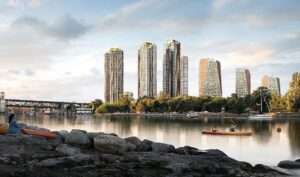

Like many elements of america, a number of main cities in Canada have extreme housing shortages brought on by exclusionary zoning—guidelines that forbid or severely prohibit the development of comparatively low-cost multifamily housing. In some locations, nonetheless, Canadian indigenous nations (referred to as “First Nations”) have been capable of get round these guidelines. A latest article within the Canadian publication Maclean’s has an attention-grabbing description of 1 such mission in Vancouver (one of many cities most severely impacted by zoning restrictions):
Vancouver has lengthy been nicknamed the “city of glass” for its shimmering high-rise skyline. Over the subsequent few years, that skyline will get a really massive new addition: Sen̓áḵw, an 11-tower growth that may Tetrize 6,000 residences onto simply over 10 acres of land within the coronary heart of the town. As soon as full, this would be the densest neighbourhood in Canada, offering 1000’s of houses for Vancouverites who’ve lengthy been squeezed between the nation’s priciest actual property and a few of its lowest emptiness charges.
Sen̓áḵw is huge, formidable and undeniably city—and undeniably Indigenous. It is being constructed on reserve land owned by the Squamish First Nation, and it is spearheaded by the Squamish Nation itself, in partnership with the personal actual property developer Westbank. As a result of the mission is on First Nations land, not metropolis land, it is underneath Squamish authority, freed from Vancouver’s zoning guidelines. And the Nation has chosen to construct larger, denser and taller than any growth on metropolis property could be allowed.
The mission has been come underneath hearth from a coalition of NIMBY pursuits and left-wingers indignant that the Squamish Nation has deviated from “indigenous ways of being”:
Predictably, not everybody has been joyful about it. Critics have included native planners, politicians and, particularly, residents of Kitsilano Level, a rarified beachfront neighbourhood bordering the reserve. And there is been an additional edge to their critiques that is gone past standard-issue NIMBYism about too-tall buildings and preserving neighbourhood character. There’s additionally been a persistent sense of disbelief that Indigenous folks may very well be liable for this futuristic model of city residing. In 2022, Gordon Worth, a outstanding Vancouver city planner and a former metropolis councillor, informed Gitxsan reporter Angela Sterritt, “When you’re building 30, 40-storey high rises out of concrete, there’s a big gap between that and an Indigenous way of building.”
…. In 2022, metropolis councillor Colleen Hardwick stated of [a similar development], “How do you reconcile Indigenous ways of being with 18-storey high-rises?” (Hardwick, it goes with out saying, just isn’t Indigenous.)
…What chafes critics, even those that would possibly think about themselves progressive, is that they count on reconciliation to as an alternative seem like a sort of reversal, rewinding the tape of historical past to some museum-diorama previous. Coalitions of neighbours close to Iy̓álmexw and Sen̓áḵw have provided their very own counter-proposals for creating the websites, that includes smaller, shorter buildings and different modifications. On the January listening to for Iy̓álmexw, one resident known as on the First Nations to construct fully with selectively logged B.C. timber, in accord with what she claimed had been their cultural values…That angle can solid Indigenous folks within the function of glorified park rangers.
The Squamish Nation is true to disregard each the NIMBYs and left-wing naysayers. NIMBYism shouldn’t be allowed to undermine property rights and block much-needed housing growth. In locations the place demand is excessive and housing development severely restricted, even many present householders have a lot to achieve from legalizing new growth.
As for the concept that First Nations ought to stick with “indigeneous ways of being,” the fitting response is that they need to be capable of construct no matter kind of housing they need. White progressive critics of the Squamish mission certainly wouldn’t settle for comparable constraints for themselves. Ought to descendants of white Europeans even be restricted to constructing the kinds of housing their ancestors constructed centuries in the past, utilizing the identical types of supplies? If it was adequate to your medieval peasant ancestors, it is adequate for you!
Economist Alex Tabarrok (my George Mason College colleague) notes that the Vancouver mission is an instance of the “charter city” idea at work, and highlights comparable developments within the US:
The Catawba Indian Nation, for instance, established the Catawba Digital Financial Zone (CDEZ), the place I function an advisor. The CDEZ is predicated on US legislation however tailor-made for digital entrepreneurs, freelancers, FinTech, digital property, Web3, and different exponential digital applied sciences. The progressive left most likely is not joyful about that both. Personally I’m delighted to help initiatives that empower indigenous communities by way of capitalist ventures. Extra broadly, nonetheless, I help the introduction of recent governance fashions to encourage competitors in governance—carry on a brand new period of discovery and Tiebout competitors!
My solely grievance is that indigenous teams shouldn’t be the one ones exempt from exclusionary zoning guidelines. These restrictions must be abolished for all property homeowners, no matter race or ancestry.
Within the US, that ought to, I imagine, be completed by a mix of legislative reform and stronger judicial enforcement of the Takings Clause of the Fifth Modification. Canada’s Constitution of Rights and Freedoms doesn’t embrace safety for property rights. So the optimum reform technique there may be more likely to be completely different.

